A traditional South Korean dinner spread is truly a sight to behold. If you’re out with a group of friends or colleagues, your typical Korean dining experience will usually involve dozens of small bowls filled with an assortment of different dishes encircling a large cooker, meant for your main course.
Those small side dishes are known as banchan, an accompaniment to your main meal which is cooked on the spot. In this article, we’ll be giving you the lowdown on banchan – what it is, how to eat it and discuss eight of the best banchan dishes you should try on your next Korean outing.
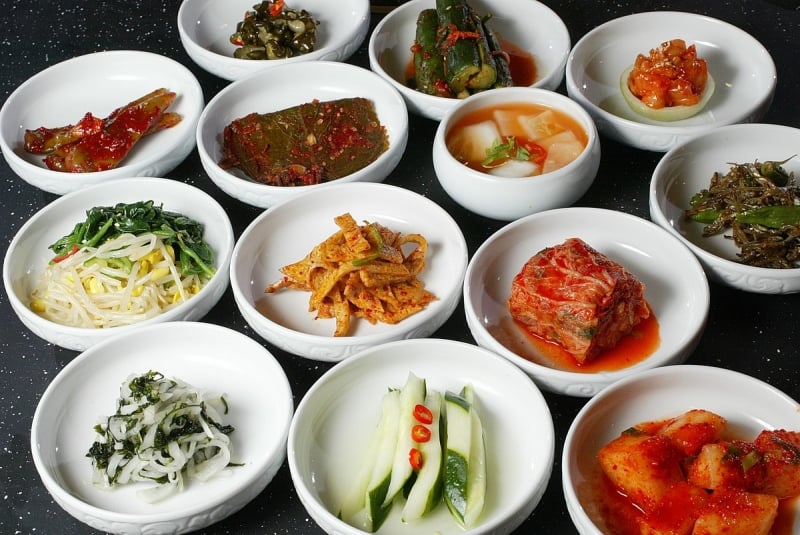
Image credit: ijs
As we’ve already mentioned, banchan is a blanket term for side dishes to the main meal in South Korea, but why are they so ubiquitous in Korean cuisine? Historians say that the rise of banchan dates back to the era of the Three Kingdoms (57 BC to 668 AD), where meat was banned as a result of Buddhist practices. As a result, vegetable-based dishes became more popular during the 600 years that these kingdoms ruled, and even though meat is widely eaten in Korea today, the tradition of banchan has stuck around since ‘Samhan’ times.
Fermentation is a key component in creating banchan, and as you’ll find out, this fermentation process (again, dating back to ancient Korean times) gives the different side dishes very distinctive flavour profiles – think salty, spicy and pungent.
1. 김치 / Kimchi
What would a spread of banchan be without that popular Korean staple, kimchi? There’s a 99% chance that your next Korean meal will be accompanied by kimchi, so best you brush up on your chopstick skills and brace your tastebuds for the unexpected.
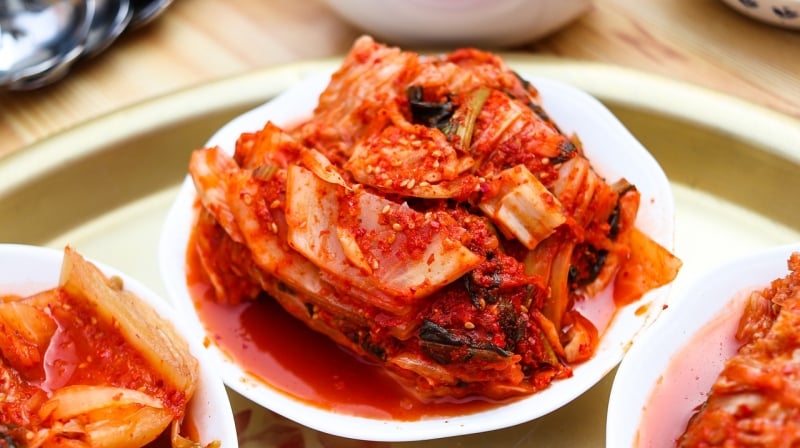
The most common variant of this ubiquitous banchan is made from Chinese cabbage, which is then slathered in doenjang (Korean fermented soybean paste) or gochujang (Korean red chili pepper paste) and left to ferment for months at a time.
Traditionally, kimchi is stored below the ground in earthenware pots, a preservation method dating back to the dynastic era. Nowadays, most people store their kimchi in separate fridges. The fermentation is what gives kimchi its distinctive ‘kick’ and dare I say it – the taste can be a bit polarising. You’ll either love it or hate it.
2. 숙주나물 / Sukju Namul (Seasoned Bean Sprouts)
Bean sprouts are one of the most underrated banchan, in my humble opinion. Nowhere near as overwhelming as some of its fermented counterparts, these long, somewhat stringy bean sprouts make for a light and refreshing summer snack, especially if your mains are a little on the spicy side. This side dish is made with mung beans and can be seasoned for a dash of extra flavour. What’s really great about sukju namul is how easy it is to eat with chopsticks. You can effortlessly scoop up a generous serving without having to worry about making a mess!
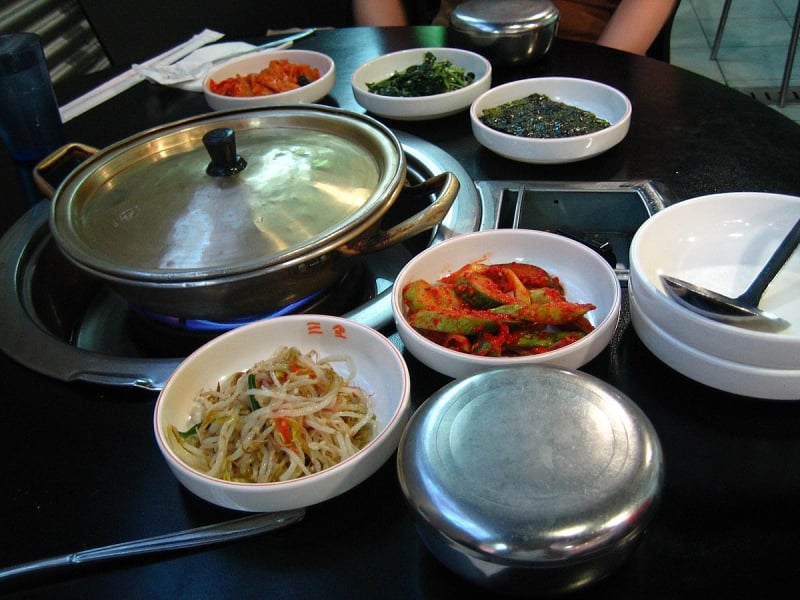
Image credit: ayustety
3. 연근 조림 / Yeongeun jorim (Sweet Soy Braised Lotus Roots)
If it’s your first time laying your eyes on a lotus root, you might be a little perplexed and confused. All that changes when you bite into one, because you’ll be sent straight to banchan heaven! Yeongeun jorim (연근 조림), or braised lotus roots, is a divine combination of sweet, crunchy goodness, with a hint of ginger coming through from the syrupy reduction.
Although the roots are white in appearance when raw, the cooking process renders them a dark, rich golden hue. This is also delicious stir-fried with peppers and mushrooms, but the sweet and savoury combination suits my palate more. These are best sprinkled with sesame seeds and eaten with a healthy serving of rice.
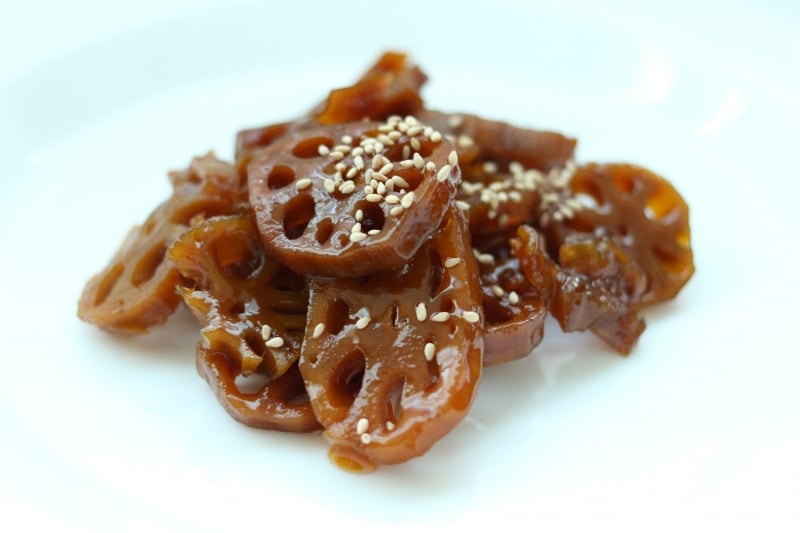
Image credit: Hyeon-Jeong Suk
4. 무생채 / Mu Saengchae (Spicy Radish Salad)
Korean radish will generally appear on your table in some or other form; perhaps as diced cubes (known as kkakdugi), or thin slices, or even as noodle-like strings in a spicy radish salad, known as 무생채 or musaengchae. This variation is all at once crunchy yet still packs a punch even though it doesn’t undergo the fermentation process like traditional kimchi. It goes best with meat dishes and bibimbap!
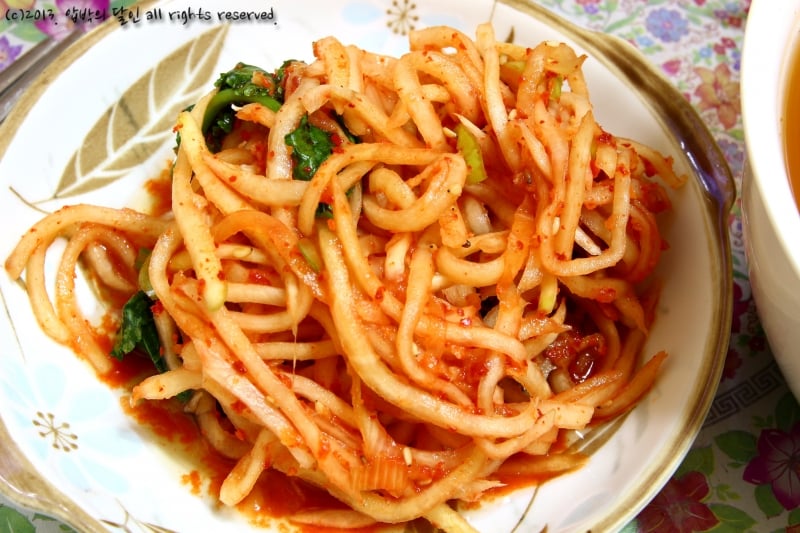
Image credit: 영길 황
5. 호박볶음 / Hobak Bokkeum (Stir-fried Zucchini)
호박볶음 (Hobak Bokkeum), or stir-fried zucchini, can either come diced or (in the case of bibimbap) thinly sliced for use as a topping. It’s generally quick and easy to prepare, taking no longer than 10 minutes. On its own, the humble zucchini might not seem like much, but the ingredient which makes this banchan shine is 새우젓 (or /saewujeot/), a Korean shrimp sauce made from fermented shrimp. This adds a salty tang to the tender, sautéed zucchini flesh.

Image credit: 행복한 초록개구리
6. 어묵볶음 / Eomuk Bokkeum (Stir-fried Fish Cake)
If you’re not a full vegetarian then you may be wondering what banchan has to offer in the way of fish and meat options. Fret not, because you’re in luck! One of my favourite banchan dishes is 어묵 (Eomuk), or fish cake (it also goes by Odeng, or 오뎅 in Hangul). This isn’t the typical fish cake that you might be familiar with (i.e. filleted fish mixed with breadcrumbs and then fried), but rather a type of fish meal consisting of ground white fish and other ingredients, like potatoes and vegetables.
Is it haute cuisine? Perhaps not, but it definitely makes for a wholesome accompaniment. It’s even tastier when stir-fried with soy sauce and sprinkled with pepper flakes and sesame seeds.
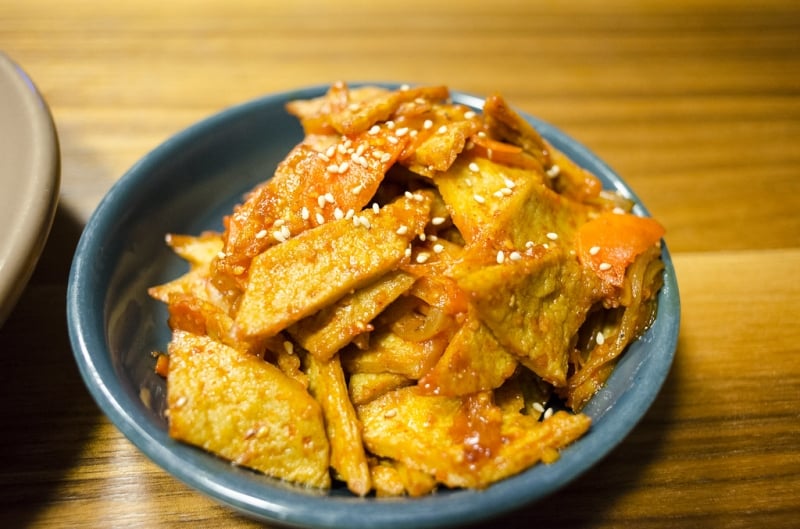
Image credit: Mr.kototo
7. 멸치볶음 / Myulchi Bokkeum (Stir-fried Anchovies)
멸치볶음 (Myulchi bokkeum) is a bit of a banchan enigma. It’s slightly fishy, but it’s also crunchy, and a little sweet. It might sound bizarre but in reality, it truly is a party in your mouth! Dried anchovies are stir-fried in soy sauce, rice syrup and sesame oil, with peanuts (or sometimes walnuts) added for extra crunch.
The reason I’m such a big fan of 멸치 is that it’s super-filling, with the chewy texture of the dried anchovies giving you something to munch on. This is not a banchan that you should be scarfing down in a hurry. Take your time!
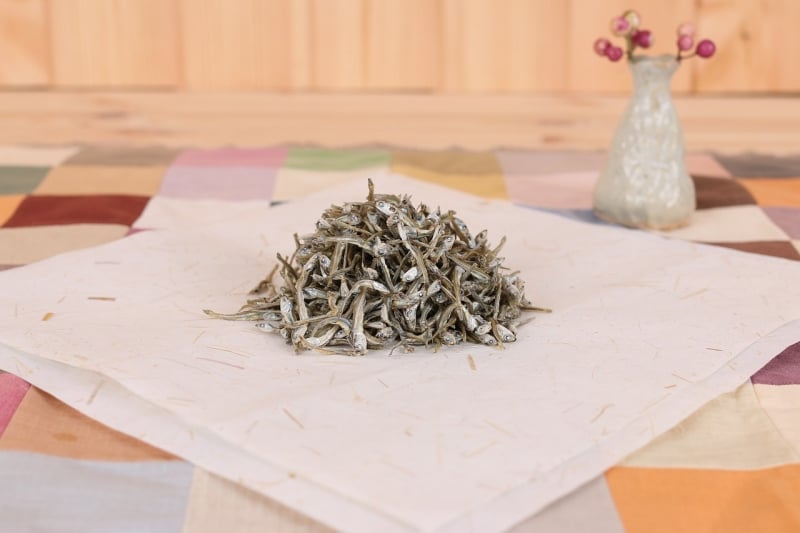
8. 계란찜 / Gyeranjjim (Steamed Eggs)
계란찜 (Gyeranjjim) is somewhat of a less common banchan, although you’ll still find it on the menu at many grills across the country. Because of its size, it is sometimes eaten on its own, but where it really shines is as a side dish in a barbecue feast. With the heavy and often salty samjang flavours dominating your palate, the light and fluffy 계란찜 is a nice way to tone things down.
It’s often served in an earthenware pot, straight from the steaming (or sometimes boiling) process. 계란찜 is deceptively simple to make, but that’s what makes it so special. You can spice things up by adding your choice of seasonings, from ingredients like 새우젓 to chopped green onions.
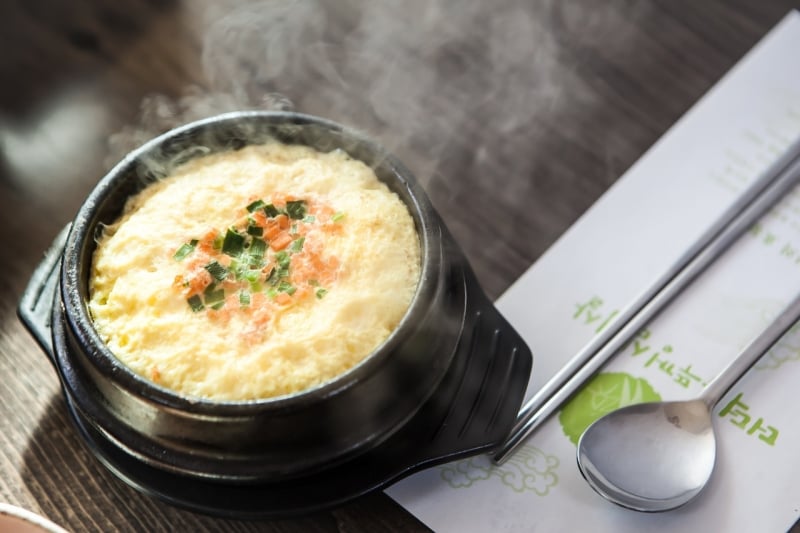
Also read: Cheong Yeon Jae Hanok Hotel: A Review of this Traditional Korean House
Banchan is an integral part of South Korean cuisine. With so many different options to explore, which side dish will you be trying first? Let us know!




